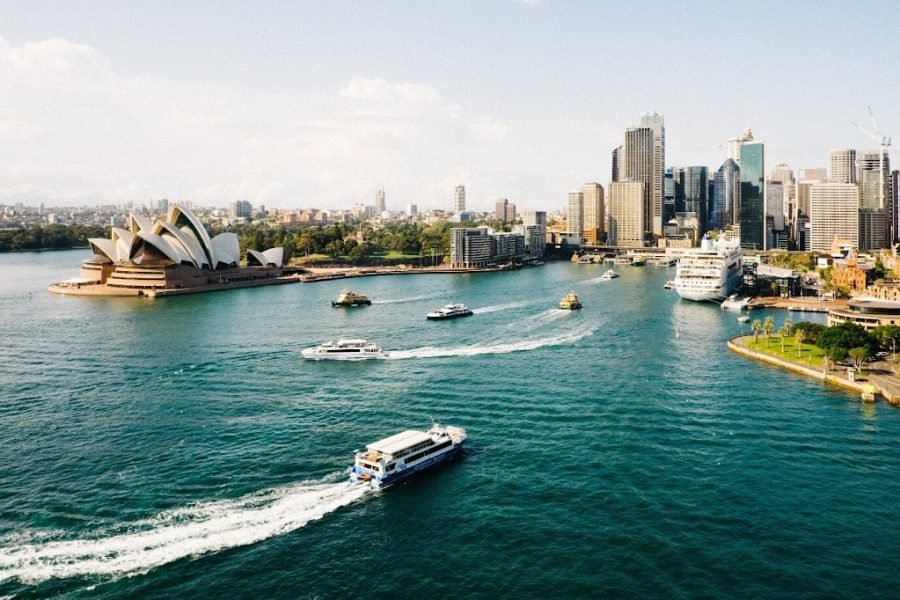So, you’re thinking about making a documentary? Good call. Real stories, real people, raw truth—it doesn’t get more powerful than that. But before you grab your camera and start rolling, there’s a bit to figure out. Let’s walk through it.
What is a Documentary?
It’s real. No scripts. No actors. Just life, captured on camera.
A documentary tells stories that matter. It might follow someone’s journey. Or expose a problem no one’s talking about. Sometimes it records history. Other times, it just asks questions.
Some go deep into facts. Others hit you with raw emotion. There’s no one way to do it—just one rule: tell the truth.
Why Make a Documentary?
Because some stories don’t get told. Not on the news. Not in movies. But they should.
A documentary gives space to people and voices that get ignored. It makes viewers feel, think, talk. Maybe it pushes for change. Maybe it just helps someone see the world differently.
No need for fancy setups. One camera. One idea. One bold move to hit record. That’s all it takes.
Start With a Solid Idea
Every documentary begins with a question. A curiosity. A story that needs telling. Maybe it’s something happening in your neighborhood. Maybe it’s a historical mystery or a personal experience. Whatever it is, the story should matter—to you and to the people watching.
Don’t overthink the concept. Just ask: Is this something people should care about? If the answer’s yes, you’re on the right track.
Research Like You Mean It
Good documentaries are rooted in facts. Once your idea is locked in, dig. Read, watch, listen. Find out everything about the subject. Look for angles others missed. The more you know, the better your questions will be when you’re shooting.
Talk to experts. Read articles. Watch similar films. But don’t get stuck in research mode forever. At some point, you need to get your hands dirty.
Build a Rough Plan
You don’t need a 50-page script. But you do need a direction.
Jot down the key moments. What’s the beginning? Where’s it going? How does it end? Think about the tone. Will it feel urgent, emotional, funny, intense?
Plan out who you need to talk to. Think of people who will add depth, offer insight, or give the viewer something to think about. Then build a rough timeline.
Choose the Right Gear
You don’t need the most expensive camera on the market. But your gear should match your story.
If it’s fast-paced, go light. A DSLR or mirrorless camera works great. For interviews, grab a decent mic and a tripod. Lighting? Natural light can do wonders. But carry a portable light if you’re filming indoors or late in the day.
Don’t forget extra batteries, SD cards, and headphones. Bad audio can kill a great doc.
Prep for the Shoot
Before you show up, know what you want to ask. But stay flexible. Real life doesn’t follow scripts.
Think about your locations. Scout them if possible. Listen for background noise. Watch the light. Small stuff makes a big difference.
Create a checklist. Interview questions. Release forms. Gear check. Have everything ready before the shoot day. One forgotten charger can ruin hours of work.
Shoot With Purpose
Get your main footage—interviews, events, actions. But also grab plenty of B-roll. That’s the extra footage you’ll cut to—scenes of people walking, city shots, hands moving, whatever fits. It fills gaps and keeps things flowing.
When filming interviews, let people talk. Silence isn’t awkward—it’s where the good stuff lives. Keep rolling even after they think they’re done.
Frame your shots well. Watch your background. Keep things steady. Shoot more than you think you need.
Tell the Story in the Edit
This is where the magic happens. Editing shapes everything. You can move scenes, tweak tone, build suspense, or make someone cry with a well-placed pause.
Start by organizing your footage. Label clips. Group interviews. Lay out the rough structure first, then tighten it up. Add voiceovers if needed. Music can lift a scene but don’t let it overpower the message.
Use editing tools like Adobe Premiere Pro, Final Cut, or DaVinci Resolve. Learn the basics—cuts, fades, audio balancing. YouTube is full of free tutorials if you’re stuck.
Keep It Honest
Don’t twist facts just to make the story juicier. Viewers are smart. If it feels fake, they’ll check out. Respect your subjects, even if you don’t agree with them.
Cut out what doesn’t help the story. Keep it tight. Every scene should earn its spot.
Share It With the World
Once it’s ready, think about where it belongs. Film festivals? YouTube? A streaming platform? A private screening?
Write a simple pitch. Make a short trailer. Reach out to blogs, local media, or influencers who care about the topic. Post clips on social. Build buzz.
No matter where you release it, make sure people know it exists. You worked hard—don’t let it collect dust.
Learn as You Go
Your first documentary won’t be perfect. That’s okay. Every filmmaker starts somewhere. The more you do it, the better you’ll get.
Watch other docs. Study the edits, the camera work, the pacing. Learn from them. Then take what works and make it your own.
Quick Tips Before You Wrap
- Keep your camera rolling longer than you think.
- Let your subjects speak freely.
- Never underestimate the power of silence.
- Backup your footage. Twice.
- Trust your gut. If it feels important, film it.
That’s it. You don’t need a fancy degree or a huge budget to make a documentary. You just need a good story, a clear point of view, and the guts to get out there and tell it.


